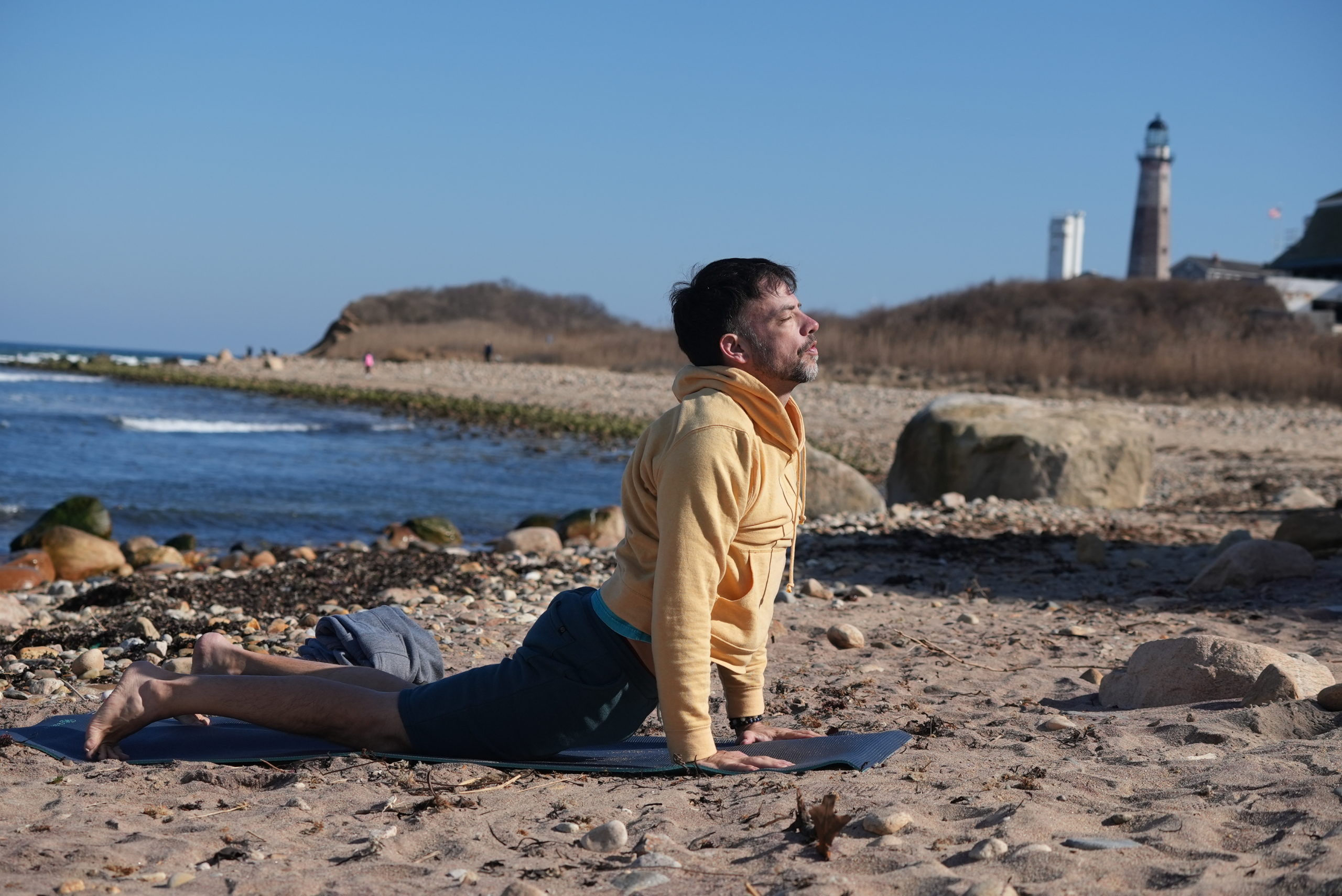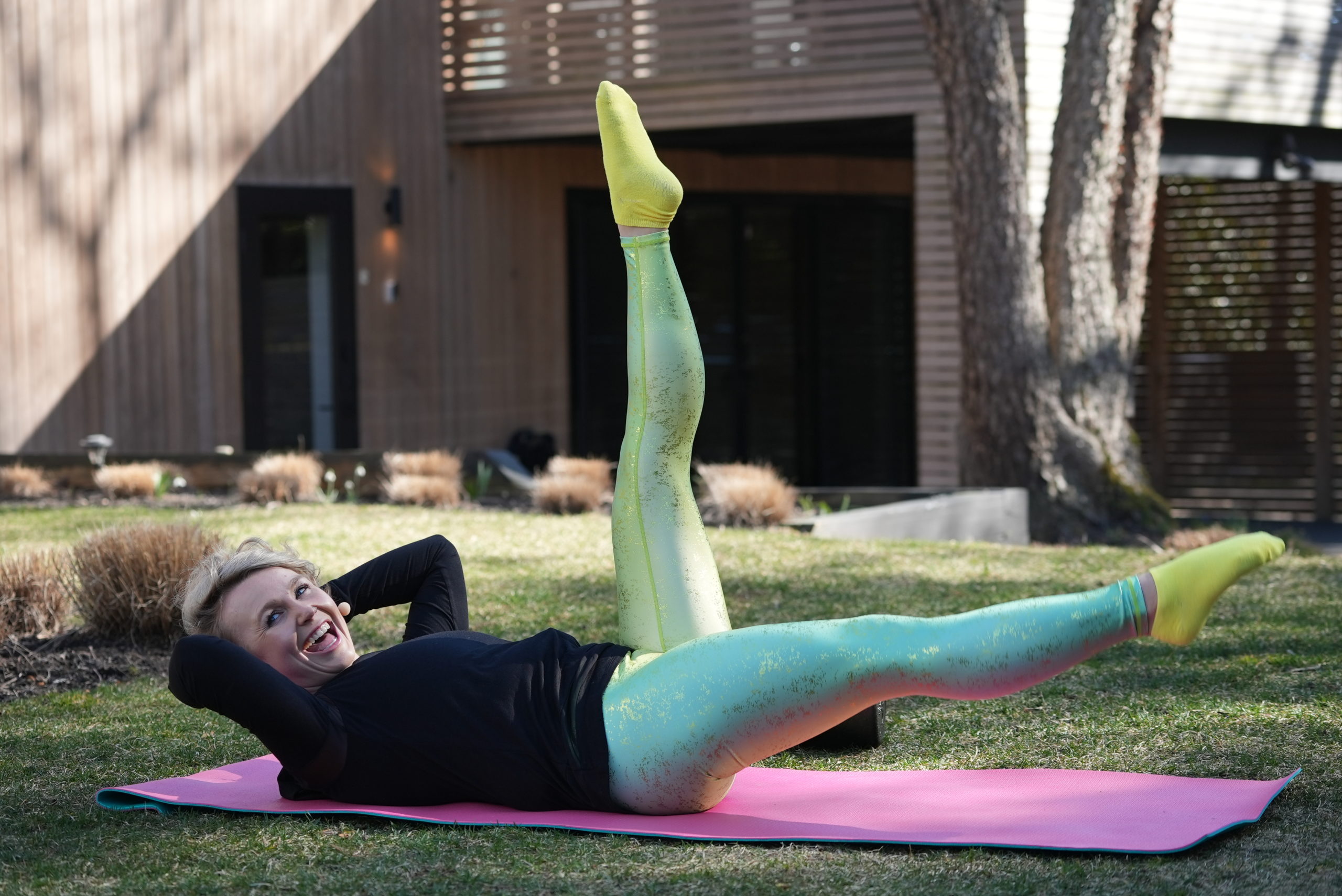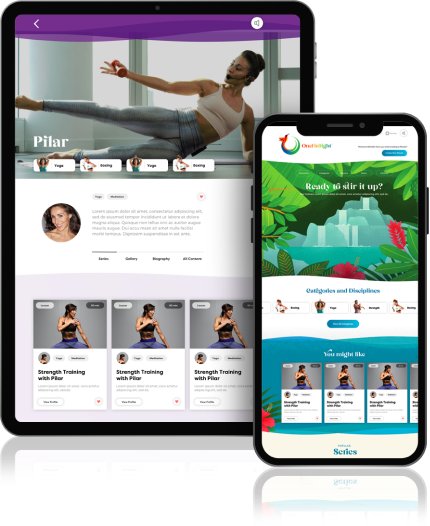Part 1 of a three-part series on embracing wellness: Calming Your Mind unveils the path to clearer thinking and positive outcomes setting the stage for embracing a holistic lifestyle approach to health.
During a time of self-reflection, have you ever wondered, why you have a desire to achieve a wellness goal, yet you get stuck, and it continues to be unmet?
For many of us, an unmet desire happens because of our unconscious thinking of not making our wellness lifestyle a priority. If you are ready to change your mindset and embrace an intentional lifestyle of wellness, here are key steps to unlock the blockage
Understanding Components of Wellness Lifestyle
First, understand what are key components of a wellness lifestyle. According to Kathryn Leary, Co-founder of the OneFirelight, online fitness platform, Wellness consists of 3 major practices: Calming your Mind, Moving your Body and Nourishing your Soul. What is meant by Lifestyle? Within the context of Wellness, a Lifestyle would comprise your attitude, beliefs, habits, and behavior that are in alignment with your personal identity about health practices.
Getting started
Let’s start with Calming your Mind. What does this mean and Why would I want to Calm My Mind? Simply defined, calmness means mental tranquility. We might reject the idea, because we tell ourselves, how busy we are, and my job requires me to think, and I have a lot of things to think about. As an idea, what if adopting a practice of Calming your Mind, provided you with the ability to think more clearly and to achieve better outcomes? What if this practice removed the negative mind chatter or words, we often use to describe ourselves or situations that sabotage a desired outcome? Why not train or prepare our minds to think and attract what we need?
Engaging Calming your Mind practices
- Deep Breathing — You can start a 5 or 10 minute deep breathing practice anytime during the day, when you are feeling anxious, or proactively when you are about to engage in a meeting or conversation which has the tendency to be tense. As a result, you can create a calmer state of mind to think more clearly and perhaps facilitate a positive outcome.
- Meditation — To start your day, set an intention about what you want to accomplish, coupled with a type of feeling you want to experience as you engage with others and yourself. As you begin your meditation session, there are supportive tools to aid in calming your mind. You can use, for example, meditation music, singing bowls, guided meditation, mantras, scripture, or crystals associated with healing properties
- Mindfulness — This is a practice you can use throughout the day, which means embracing an awareness that arises from paying attention on purpose in the present moment and being non-judgmental. (According to Jon Kabat-Zinn)
- Keep a journal to write down how you feel each day, as you embrace your Calming your Mind practice. After a week, understand what needs to be adjusted.
- Writing in the journal helps us to understand our triggers that impede or enhance our ability to have peace of mind.
- Continue this practice and make it part of who you are.
Next Step
As a next step, we will understand the why and the how to Move your Body that is in alignment with your identity. That will be our next blog, but for now, enjoy and master having peace of mind.
One Love






